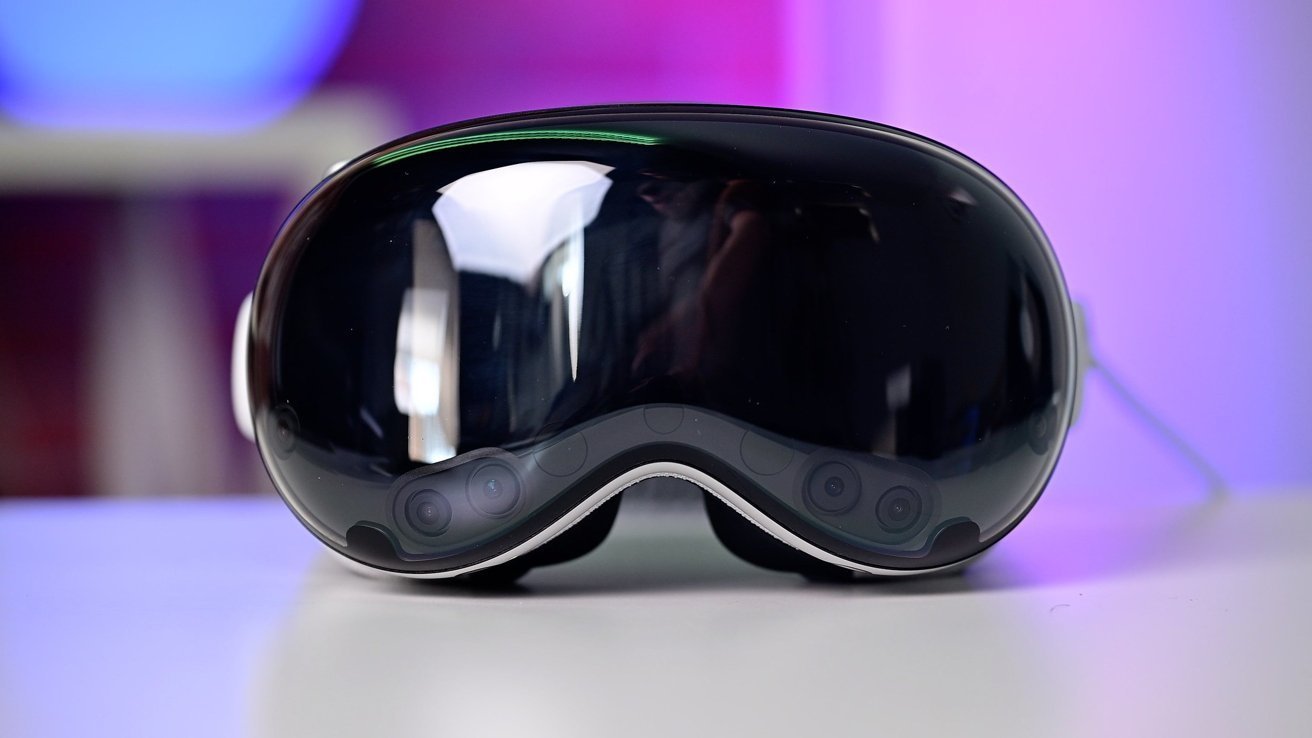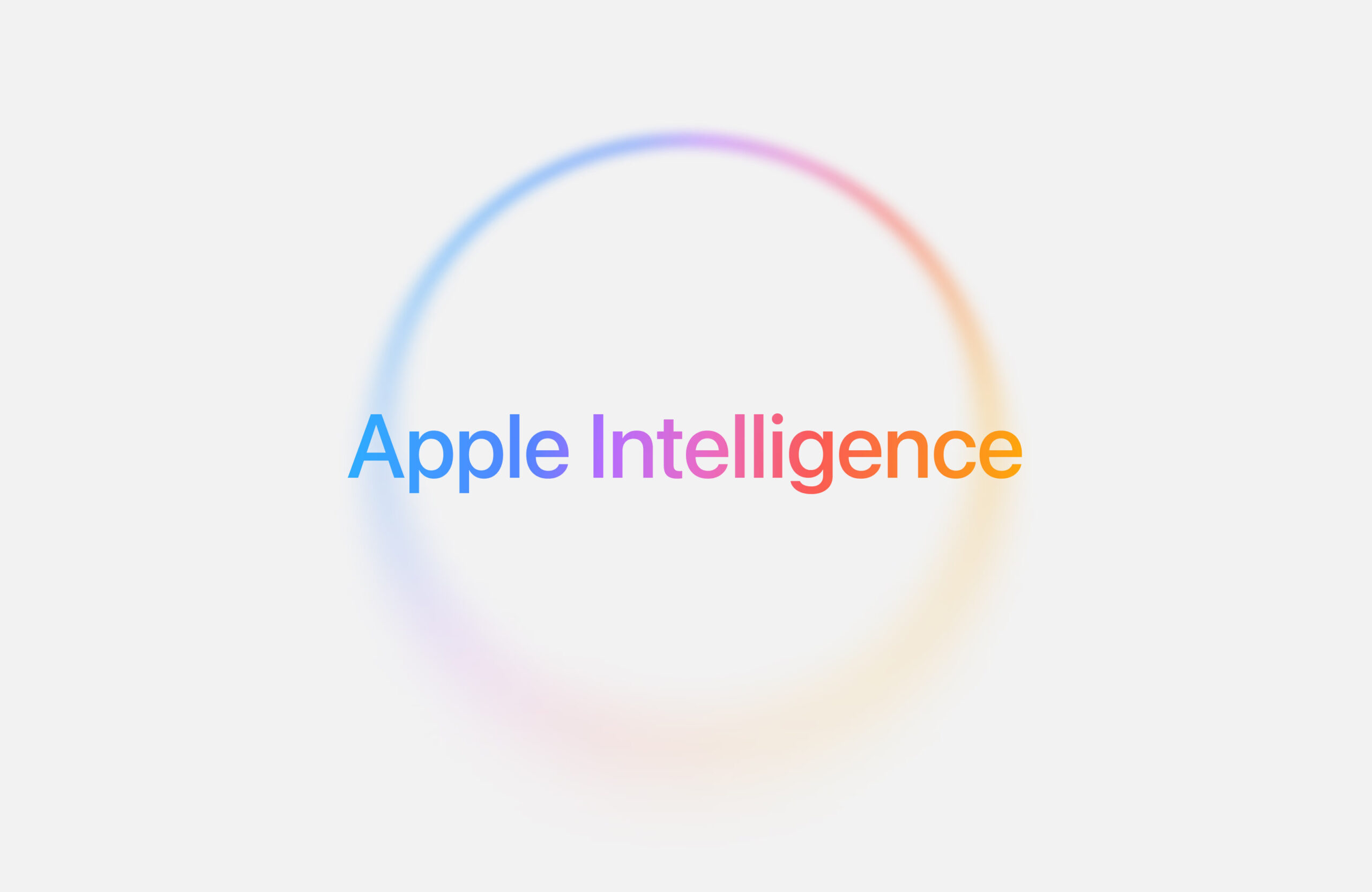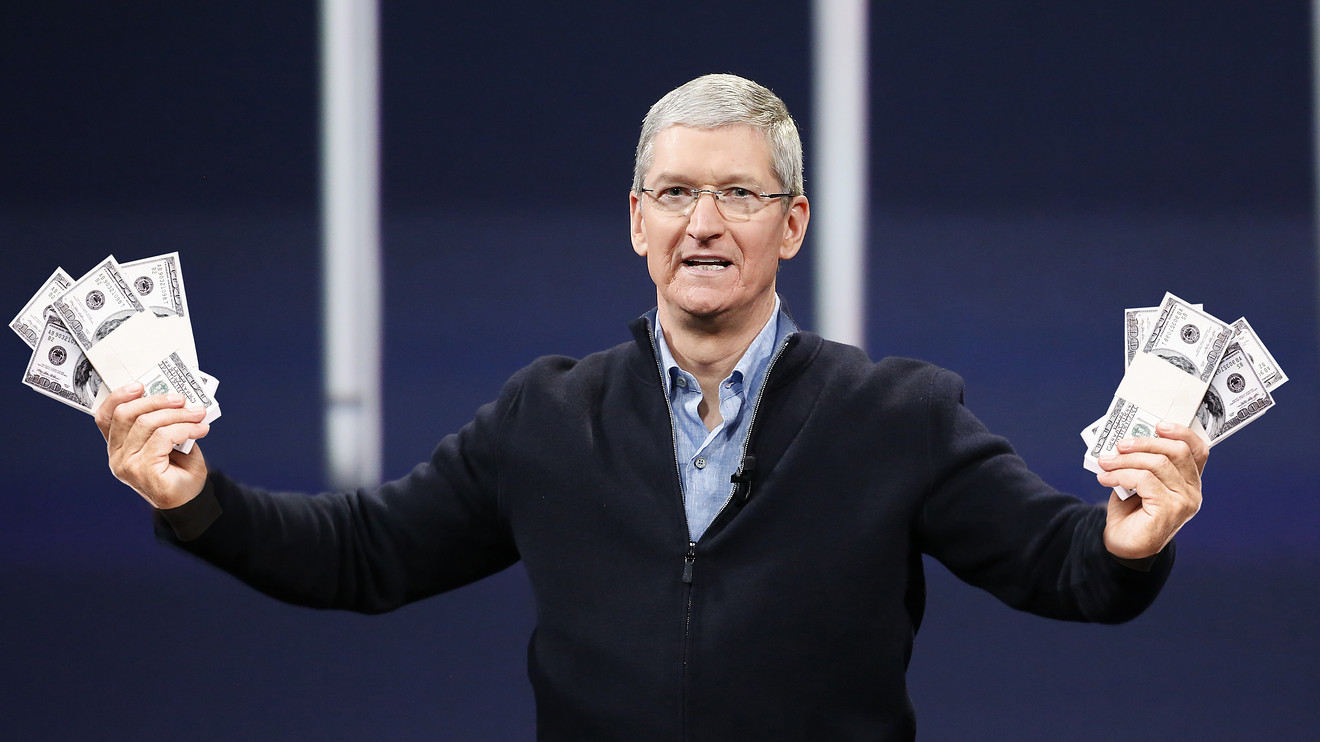Apple has started testing iOS 18.5 internally since early February, according to visitor logs from MacRumors. This news comes as a surprise because of recent reports about possible delays in Apple’s plans for Siri’s new smart features.
Normally, spotting iOS 18.5 in testing wouldn’t stand out. However, Mark Gurman from Bloomberg recently shared that Apple might push back or limit some of Siri’s upcoming Apple Intelligence upgrades until iOS 18.5. The reason? Bugs and other technical challenges are slowing things down.
These new Siri features were first expected to launch with iOS 18.4. They include things like understanding what’s on your screen, knowing more about your details, and giving better control within apps. For instance, at WWDC 2024, Apple showed how Siri could check a user’s mom’s flight details or lunch plans by pulling info from emails and texts.
The first iOS 18.4 beta should come out this week. Gurman says some of Siri’s smart features might still make it into iOS 18.4, but they could be off by default. There’s also a chance Apple will add them in later beta versions to give developers more time to fix issues.
Apple’s website hints that iOS 18.4 will be available in April after beta testing. However, with the reported bugs and possible delays in Siri’s upgrades, this timeline might change. Looking ahead, the first iOS 18.5 beta is expected in April, with a full release likely in May, following Apple’s usual update pattern. To use Apple Intelligence, you’ll need an iPhone 15 Pro, iPhone 15 Pro Max, or any iPhone 16 model.





